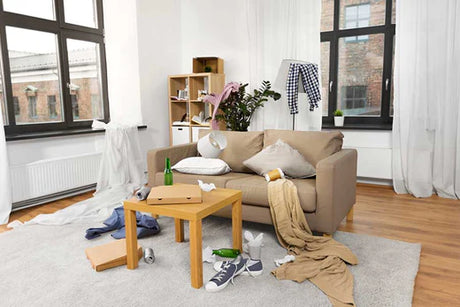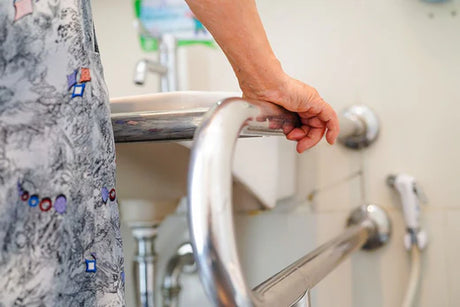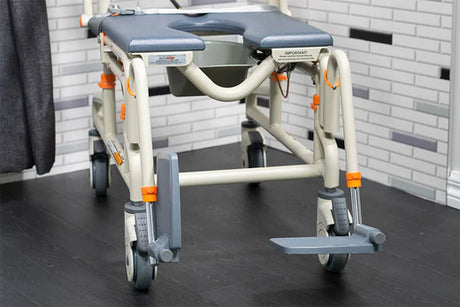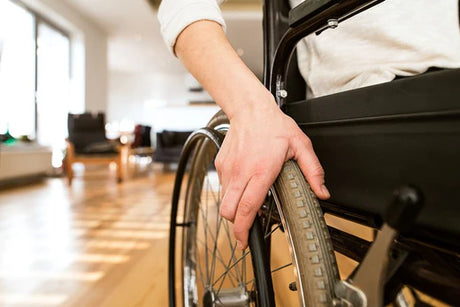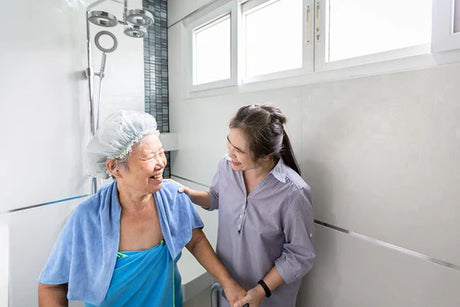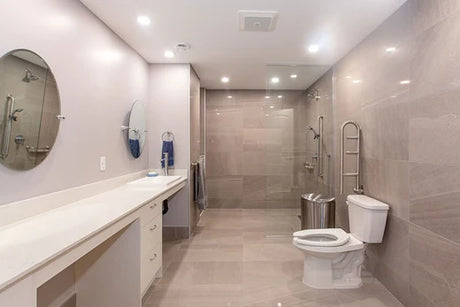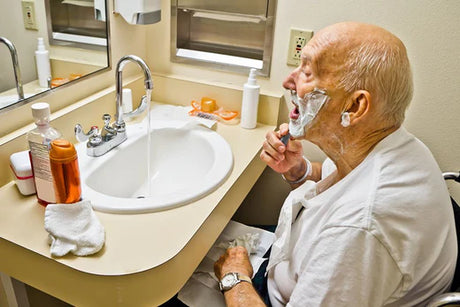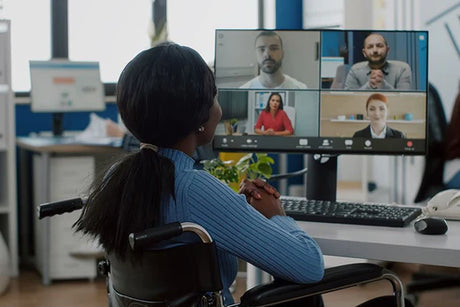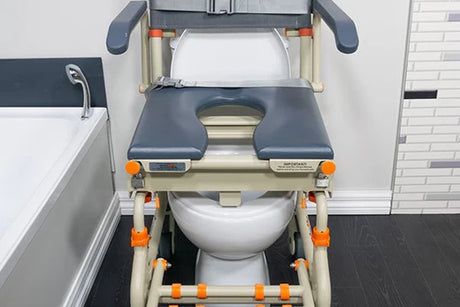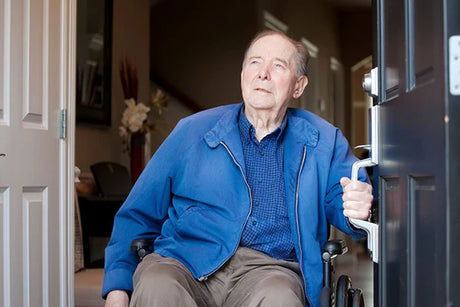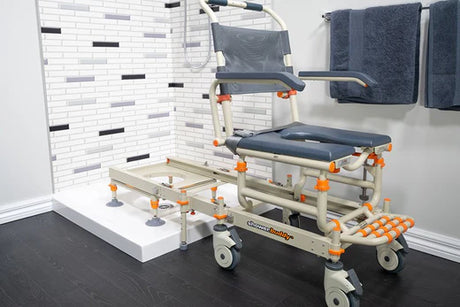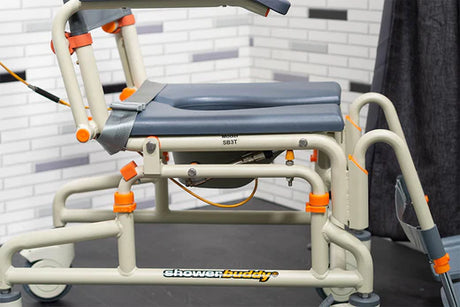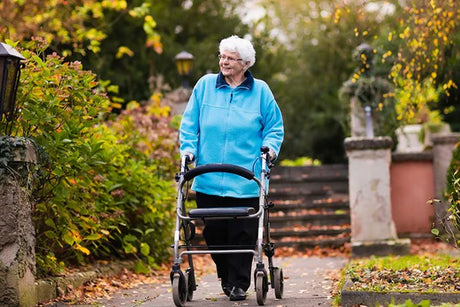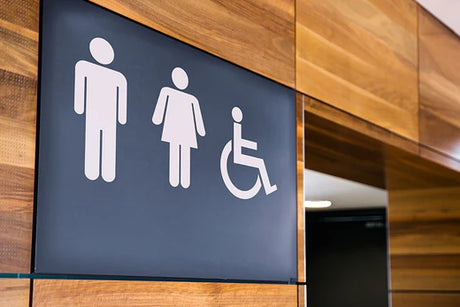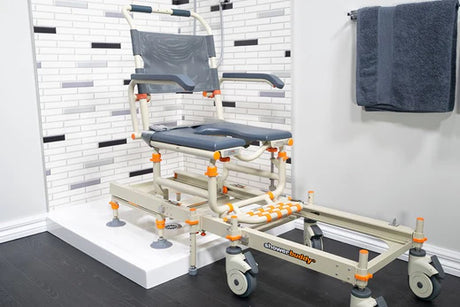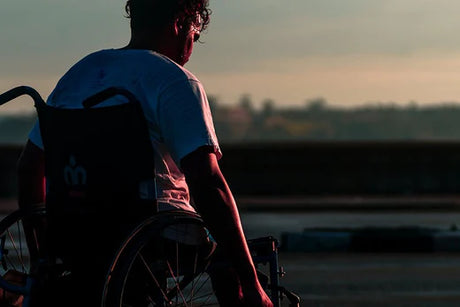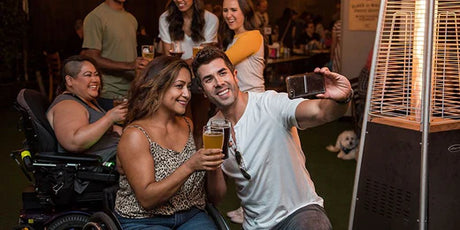So, what can we do as family members to best support and empower our loved one to live as independently throughout the day as possible? We explore this in our article.
Work closely with the OT and doctor to confirm what their mobility allows
If the injury is one that will be at least somewhat rehabilitated, then your occupational therapist will be able to provide guidance at certain stages as to ways to put more independence in your loved one.
There are many cases in which mobility is reduced due to an illness or hereditary condition in which there is not a cure as such, but still therapies in which independence and movement can be improved. And of course there are families with a loved one where their care is likely to stay the same or increase as time goes on. Doctors and therapists are there for all of these scenarios, and can work with families to better navigate through each part of this. Are they able to bathe themselves? Use the toilet alone? Self propel in a wheelchair? Questions like this are worth asking.
Set out the home to allow for self management of daily tasks
Instead, take time with the OT to go through each room of the home and find ways to make it easier to move around in (wider spaces between furniture), and reach for things in (items placed within seated reach). Then you’ll want to ensure that the hallways and entrances are clear of rugs, shoes and other loose items that could catch on mobility equipment.
With the home laid out properly, you’re creating more of an accommodating environment to do things independently.

Create a bathroom plan that allows for privacy whilst toileting and bathing
With an OT, create a plan for bathroom visits – toilet use throughout the day and bathing in the morning or evening. How will each element of the bathroom be used? Who will be responsible for what part of the transfer and usage? Answer these questions with your loved one, who should have their preferences taken into account.
If there’s a viable equipment and care plan in place, there may be opportunities for solo independence (dependending on the level of mobility of course). This could see your loved one using the toilet and bathing totally alone, whilst the designated carer remains within close proximity outside the room should they be needed.
This is one of the biggest steps we see families making to empower their loved ones’ feeling of independence. It’s deserving of the attention and effort to try and achieve a bathroom experience that makes them feel in control.
Encouraging physical therapy

Exploring assistive equipment that can replace human support
With the occupational therapist’s help, it’s worth finding out what equipment is available for each room or type of task. In many cases there may be heavier reliance on people early on, but a gradual transition across to reliance on equipment instead as the individual develops their abilities to manoeuvre with this equipment.
A good example of this is the ‘transfer’ one needs to do into the shower. Whilst being carried across the edge of a shower or bath edge is both hazardous and difficult, a transfer chair and bridge system like Showerbuddy removes the human on human lift part. These chairs will keep the user in place allowing them to bathe themselves for some or all of the duration of the shower.
Other equipment like ramps, grab bars, mobility friendly kitchen appliances and smart home voice activated functions can all add up to a more independent daily routine. Many in our community can live entirely alone thanks to good therapy and assistive equipment.
Establishing the daily plan together with an OT
Independence for a mobility impaired person takes time and support, but with perseverance, will pay off in a happier, more confident loved one long term.
Further reading
Enjoyed this article? You may be interested in these resources online:
- 21 Tips for Promoting Independence in Adults with A Disability – Endeavour Foundation
- Strong support for independent living for people with intellectual disabilities – IHC
- Independent living – Life Unlimited






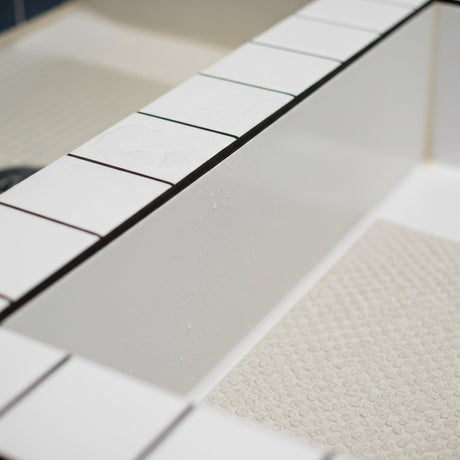

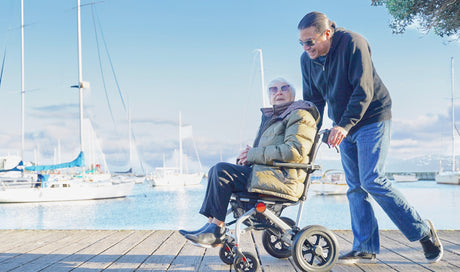
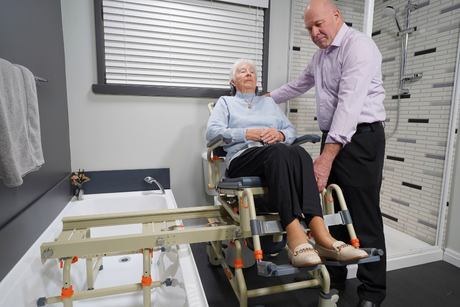
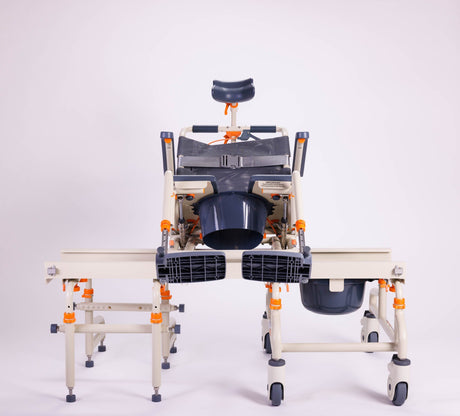
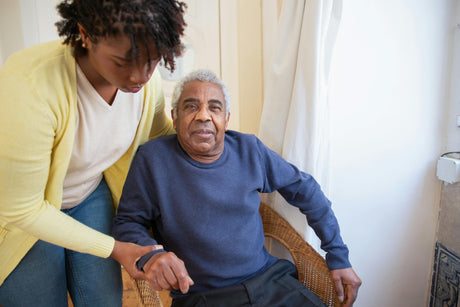
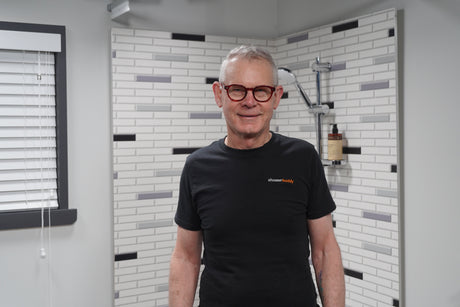
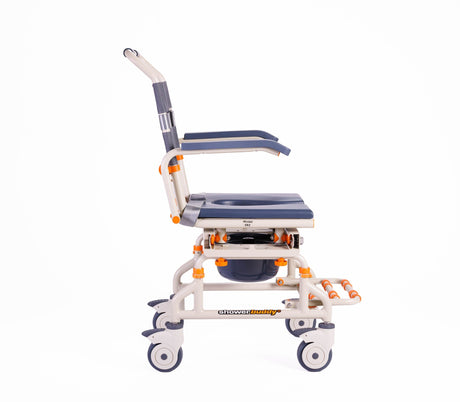
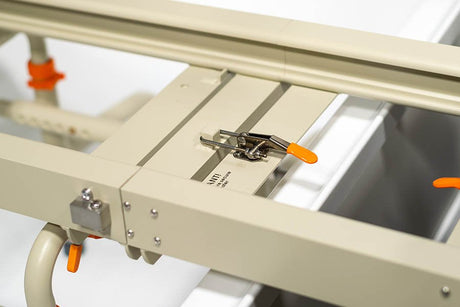

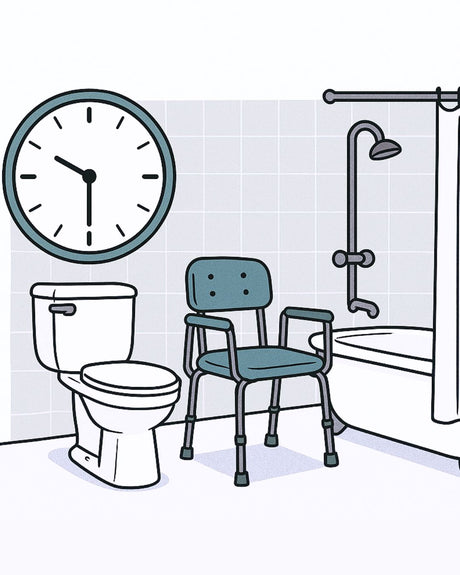
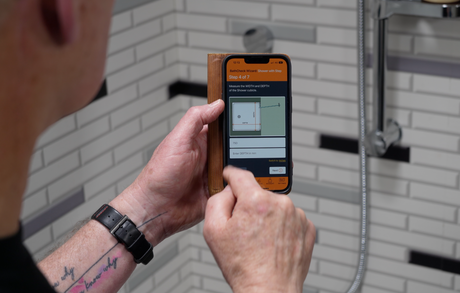
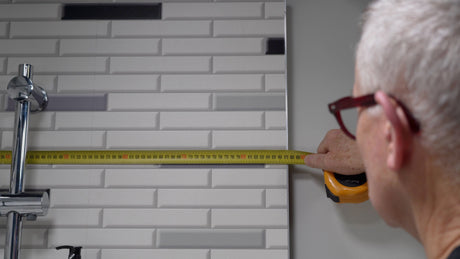
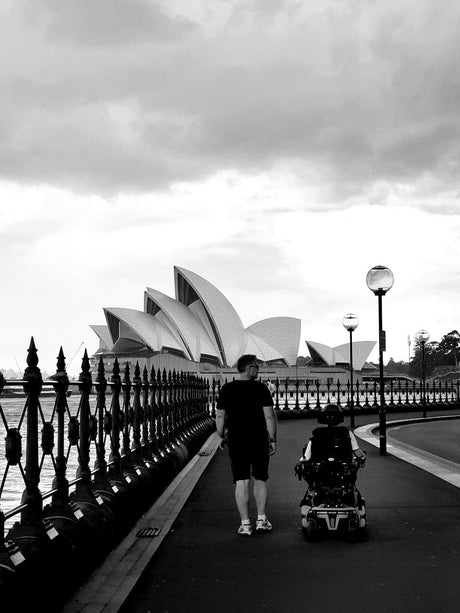
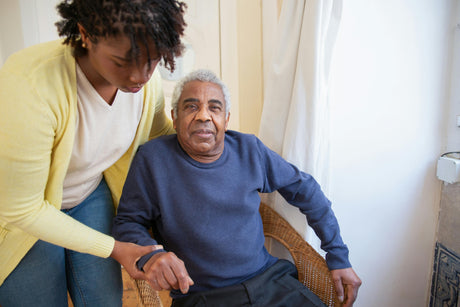

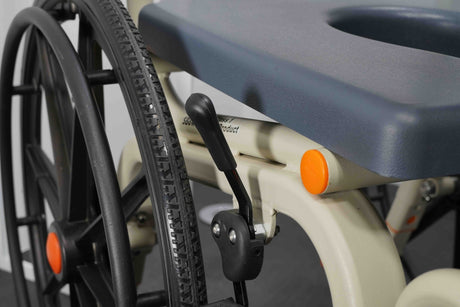


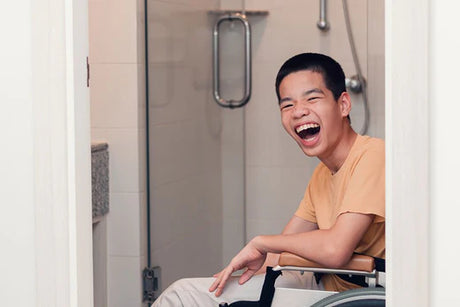
![Toilet Training A Young Child With Mobility Challenges [And How A Shower Chair Can Help]](http://shower-buddy.com/cdn/shop/articles/toilet-training-disabled-child_520x500_a90e5234-d372-435d-aa56-8da15dd3836c.webp?v=1722557239&width=460)


